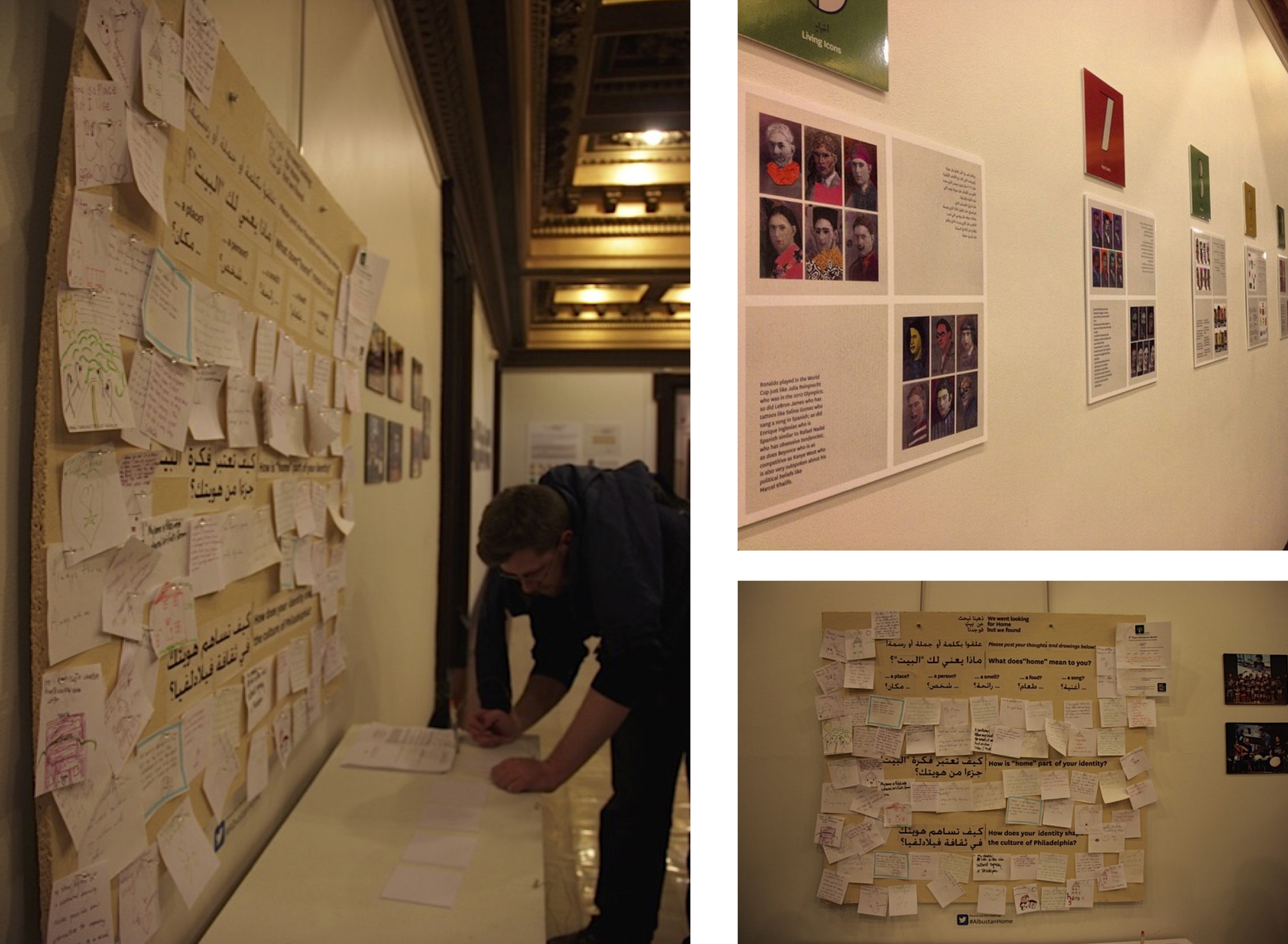My most recent research, a graduate thesis in theories of urban practice, examines notions of identity, culture, and urban imaginary in everyday practices.
Cities are dynamic, perpetually reproduced through negotiations and practices of myriad endogenous and exogenous actors and forces, as well as their interconnnections. In this regard, cities are active sites of collective imagination, invention and intervention. In these sites, there is perpetual urban transformation shaped by active engagement and lived experience.
There is a disconcerting pattern that has emerged in contemporary cities, which is the co-optation of diversity alongside reductionist notions of culture. The critique of this pattern lies in understanding how notions of diversity are wielded by power structures, such as city governments or anchor institutions. Rather than offering the city as an active and pluralistic platform, diversity is used as a veil to mask the actual and often complicated richness of pluralism.
The “We Went Looking for Home but We Found” interactive, bi-lingual exhibition asks attendees to contribute to the discourse of urban transformation through questions such as, “How does your identity shape the culture of Philadelphia?”
Mapping the relations between various stakeholders demonstrates which voices included in decision making and how power structures negotiate.
In order to identify new possibilities of diversity, I am collaborating with Al-Bustan Seeds of Culture, an arts and culture non-profit organization based in Philadelphia. My argument has three facets. One is the design of an interactive exhibition embedding identity within the urban realm, on display from February to April 2015 at Philadelphia City Hall. The second is a series of interviews. The third is a repositioning of actors from city departments, arts and cultural organizations, and small-scale, community-based organizations as collaborators.
These actors can inform and support one another in multiple ways to activate and co-design spaces of plurality toward urban transformation. Key actors are positioned as intermediaries able to wield power to affect transformation beyond symbolic support. These actors are fundamental to bridging the gap between local, nuanced knowledge of grassroots or community-based organizations and top-down, reductionist practices often found in urban governance.
When thinking of cities as shaped by active engagement and lived experience, conversations involving multiple voices from multiple actors are possible. An important moment is when the formation of strategic alliances begins to emerge. If these alliances prioritize complex identities as foundations for diversity and cultural initiatives, they might be able to consciously move toward a practice of co-design using the urban imaginary as a vehicle for inclusivity of multiple voices and aspirations. The interactive exhibition is a prototype of this. The goal is a practice of co-design of multiple voices and aspirations and a pluralistic framework for arts and culture in urban governance.
Understanding the city of Philadelphia as perpetually transforming allows for critical analysis of current systems of urban governance while also creating openings for new possibilities. Putting in conversation unlikely allies moves toward processes of inclusion and co-design of pluralistic frameworks for arts and culture and diversity politics.
I conclude the thesis by addressing a critical question: How can actors better navigate current power structures for urban transformation, while offering expanded notions of what constitutes valid knowledge of the urban? This necessarily becomes a project of making inclusive urban epistemologies while expanding and deepening urban practice. NE


